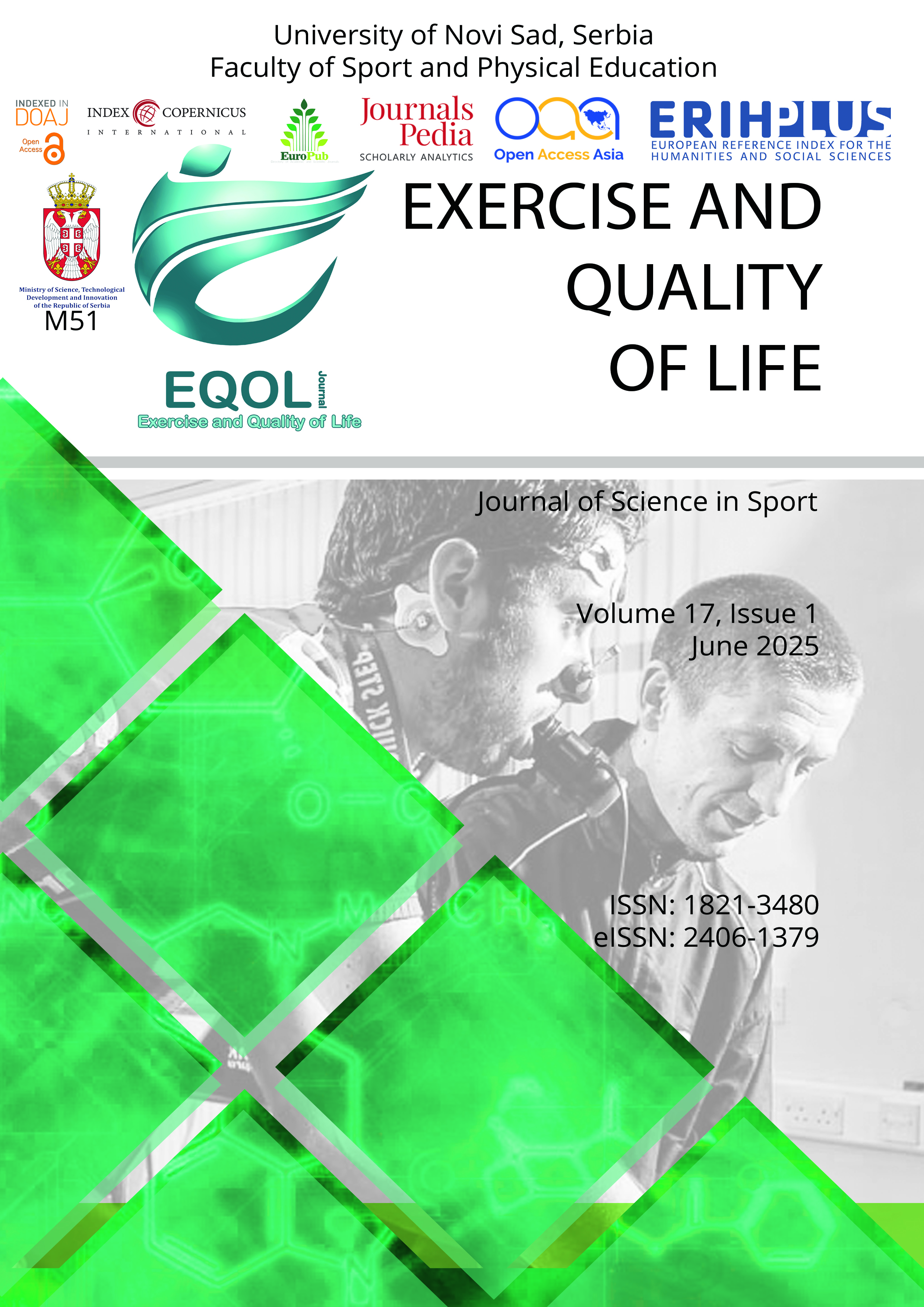
More articles from Volume 6, Issue 1, 2014
THE IMPORTANCE OF POSTURAL STATUS FOR THE HEALTH OF CHILDREN AND YOUTH
Physiotherapy aspect of diagnosis and treatment of postural disorders
DIFFERENCES IN INDICATORS OF POSTURAL STATUS BETWEEN BOYS AND GIRLS FROM SREM
SCOLIOSIS AND TREATING SCOLIOSIS WITH SCHROTH METHOD
FASCIA – THE FORGOTTEN TISSUE
SCOLIOSIS AND TREATING SCOLIOSIS WITH SCHROTH METHOD
Faculty of Sports and Physical Education, University of Novi Sad , Novi Sad , Serbia
Abstract
Idiopathic scoliosis is a deformity of the spinal column and is found among healthy children. Etiology of idiopathic scoliosis is unknown. Spinal shift occurs in all three planes followed
by muscle disfunction and reduced vital capacity of the lungs. Asymmetric loading on the spine
can be listed as one of the factors of rapid progression of scoliosis, whereby large pressure is put on
the concave side of the scoliotic curvature due to the shift of standing balance of the body. Rehabilitation is based upon improvement of functionality, ability and capacity of the patient with scoliosis. The initial stage of rehabilitation rests on correct diagnosis and estimation of patient’s condition in order to commence the treatment in the best possible manner. The Schroth method has a
long-standing tradition and is primarily applied in correction of scoliosis. It is based on three-dimensional breathing, proper pelvic correction and specific exercises and education of patients in
order to continue the treatment at home.
Keywords
References
Citation
Copyright

This work is licensed under a Creative Commons Attribution-NonCommercial-ShareAlike 4.0 International License.
Article metrics
The statements, opinions and data contained in the journal are solely those of the individual authors and contributors and not of the publisher and the editor(s). We stay neutral with regard to jurisdictional claims in published maps and institutional affiliations.
























